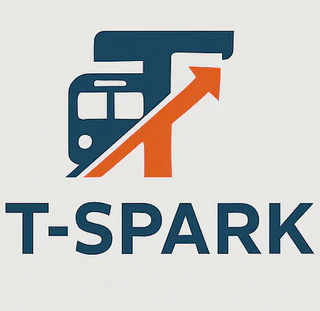T-SPARK
 Image credit: Reza Mahmoudi
Image credit: Reza Mahmoudi
Table of Contents
Overview
Product
T-SPARK
Objective
Transit Service Performance Analysis and Redesign Kit
Role
Designer, Planner, Evaluator
Markets
Transit
Transportation Planning
Fixed-Route Transit
On-Demand Transit
On-Demand Mobility
Performance Analysis
Accessibility Analysis
Coverage Analysis
Equity Analysis
Adjacent Network Analysis
Solutions
Network Redesign
Operations Replanning
On-demand Transit Integration
Strategic Planning
Introduction
Welcome to T-Spark: Transit System Performance Analysis and Redesign Kit!
T-Spark is a powerful, web-based application designed to provide a comprehensive suite of tools for in-depth analysis of surface public transit networks. Whether you are a transit planner, a transportation researcher, or a student, T-Spark offers the tools you need to evaluate, visualize, and gain insights into system performance, coverage, and accessibility of your transit system, almost everything that you need to make informed decisions about the future of an urban transit network.
T-Spark comprises six different tools as follows:
- Data Envelopment Analysis (DEA) Engine for Relative Route Performance Evaluation: Efficiency and productivity analysis using Data Envelopment Analysis, Malmquist Productivity Index, and traditional absolute performance analysis.
- Access Analysis: Analyzing accessibility to different critical services within the city.
- Demographic Analysis: Visualizing socioeconomic attributes for different zones within the city.
- Coverage Analysis: Catchment area and transit desert identification.
- Adjacent Network Analysis: Route overlap and adjacency transit service analysis.
- Performance Evaluation: Spatial display of multi-period efficiency scores, trends, and changes in system performance. The figure below shows T-Spark’s hierarchical workflow, culminating in the alternatives to redesign of an existing transit network to achieve higher performance efficiency.
 Figure: T-Spark’s Hierarchical Workflow.
Figure: T-Spark’s Hierarchical Workflow.
Guide File
If the PDF doesn’t display, click here to open it in a new tab.
Demoe video
Coming soon, stay tuned!